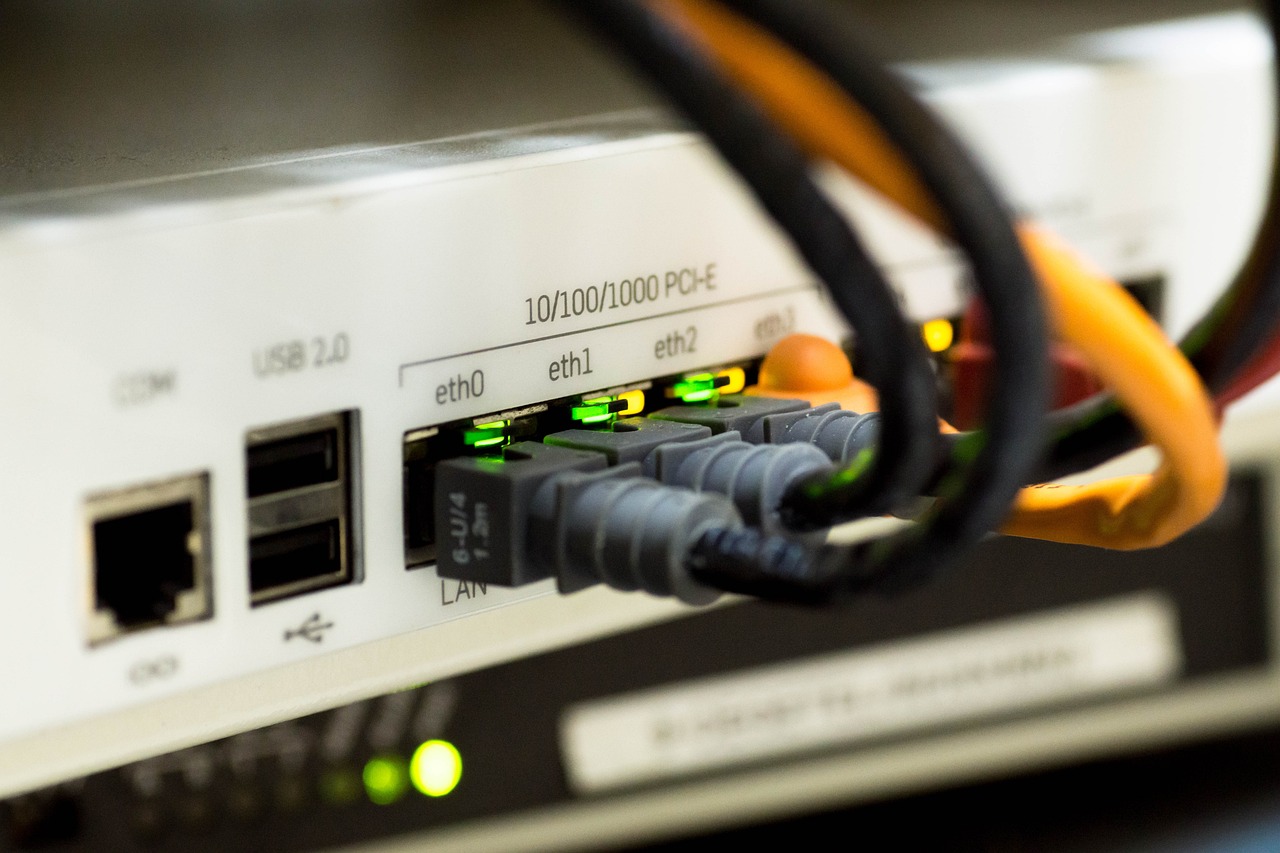As the world grapples with climate change and resource scarcity, sustainable technology is emerging as a beacon of hope. In 2025, groundbreaking innovations are redefining how we live, work, and interact with our planet. From renewable energy advancements to eco-conscious consumer products, the green tech revolution is not just a trend—it’s a movement reshaping our future. This article explores the most impactful sustainable technologies of 2025 and their potential to create a greener, more resilient world.
The Rise of Renewable Energy Solutions
Renewable energy is at the heart of the sustainable technology boom. In 2025, solar and wind power have seen unprecedented advancements, driven by both technological innovation and policy support. Next-generation solar panels, utilizing perovskite materials, are now more efficient and affordable than ever. These panels can generate electricity even on cloudy days, making solar energy accessible in regions previously deemed unsuitable.
Wind energy, too, is undergoing a transformation. Offshore wind farms equipped with floating turbines are harnessing stronger, more consistent winds in deep waters. Companies like Ørsted and Siemens Gamesa are leading the charge, deploying turbines that generate up to 15 megawatts each—enough to power thousands of homes. According to the International Energy Agency (IEA), global renewable energy capacity is expected to grow by 20% in 2025, with wind and solar accounting for the lion’s share.
Governments are also stepping up. The European Union’s Green Deal and the United States’ renewed commitment to net-zero emissions by 2050 have spurred investments in renewable infrastructure. Tax incentives and subsidies are making it easier for businesses and homeowners to adopt clean energy solutions, further accelerating the shift away from fossil fuels.
Breakthroughs in Energy Storage
While renewable energy sources are abundant, their intermittent nature has long posed a challenge. Enter advanced energy storage systems, which are revolutionizing how we store and use clean energy. In 2025, solid-state batteries are stealing the spotlight. Unlike traditional lithium-ion batteries, solid-state versions offer higher energy density, faster charging, and improved safety. Companies like QuantumScape and Toyota are rolling out solid-state batteries for electric vehicles (EVs) and grid storage, enabling longer-lasting power solutions.
Flow batteries are another game-changer. These scalable systems, which use liquid electrolytes to store energy, are ideal for large-scale applications like grid storage. They’re durable, cost-effective, and capable of storing energy for days, making them perfect for balancing supply and demand in renewable-heavy grids. In 2025, countries like Australia and China are deploying flow batteries at scale to support their renewable energy goals.
These storage innovations are critical for achieving energy independence. By ensuring a steady supply of clean energy, they reduce reliance on fossil fuel backups and pave the way for 24/7 renewable power.
Sustainable Transportation: EVs and Beyond
The transportation sector, a major contributor to global emissions, is undergoing a green overhaul. Electric vehicles are no longer a niche market—by 2025, they’re projected to account for 30% of global car sales, according to BloombergNEF. Automakers like Tesla, Rivian, and BYD are introducing affordable EV models with ranges exceeding 400 miles, making them viable for long-distance travel.
But sustainable transportation goes beyond EVs. Hydrogen-powered vehicles are gaining traction, particularly for heavy-duty applications like trucks and buses. In 2025, companies like Nikola and Hyundai are expanding their hydrogen fuel cell fleets, offering zero-emission alternatives for industries where batteries alone aren’t practical. Meanwhile, urban mobility is being redefined by electric scooters, bikes, and autonomous shuttles, reducing congestion and pollution in cities worldwide.
A notable trend is the rise of sustainable aviation. Startups like ZeroAvia are developing hydrogen-electric aircraft for short-haul flights, with commercial operations expected by late 2025. These planes promise to cut aviation emissions significantly, addressing one of the hardest-to-decarbonize sectors.
Eco-Friendly Consumer Tech
Sustainability isn’t just about big infrastructure—it’s also about the devices we use daily. In 2025, consumer tech is going green with innovative designs and materials. Smartphones, laptops, and wearables are now being made with recycled plastics, biodegradable components, and modular designs that extend product lifespans. Fairphone, a pioneer in ethical electronics, has inspired major brands like Apple and Samsung to adopt modular designs, allowing users to replace parts like batteries and screens instead of discarding entire devices.
Energy-efficient appliances are also transforming homes. Smart thermostats, like those from Nest and Ecobee, optimize heating and cooling to reduce energy waste. Meanwhile, solar-powered gadgets, such as portable chargers and outdoor lighting, are becoming mainstream, enabling consumers to embrace sustainability without sacrificing convenience.
The circular economy is a key driver here. Companies are prioritizing recycling and upcycling programs to minimize e-waste. For example, Dell’s closed-loop recycling initiative recovers plastics from old electronics to create new ones, reducing the need for virgin materials. In 2025, consumers are increasingly choosing brands that align with their environmental values, pushing the industry toward greater accountability.
The Role of Artificial Intelligence in Sustainability
Artificial intelligence (AI) is proving to be a powerful ally in the fight for sustainability. In 2025, AI is being used to optimize everything from energy grids to agricultural practices. Machine learning algorithms analyze vast datasets to predict energy demand, improve renewable energy forecasting, and reduce waste in manufacturing. For instance, Google’s DeepMind AI has cut data center energy use by 40% through smarter cooling systems.
In agriculture, AI-powered precision farming tools are helping farmers reduce water and pesticide use while boosting crop yields. Companies like John Deere are integrating AI into tractors and drones, enabling real-time monitoring of soil health and crop conditions. This not only enhances food security but also minimizes the environmental impact of farming.
AI is also driving climate modeling. Advanced simulations are helping scientists predict the impacts of climate change with greater accuracy, informing policy decisions and disaster preparedness. In 2025, AI’s role in sustainability is expanding rapidly, proving that technology and environmentalism can go hand in hand.
Challenges and the Road Ahead
Despite the progress, the green tech revolution faces hurdles. High upfront costs for technologies like solid-state batteries and hydrogen infrastructure can deter adoption, particularly in developing nations. Supply chain constraints, such as shortages of rare earth metals, also pose risks to scaling up production. Additionally, regulatory inconsistencies across countries can slow the deployment of sustainable solutions.
Public awareness and education are critical. While many consumers are eager to adopt green tech, others remain skeptical or unaware of its benefits. Governments, businesses, and NGOs must work together to promote sustainable practices and make eco-friendly options accessible to all.
Looking ahead, the outlook is optimistic. Investments in green tech are projected to reach $1.5 trillion globally in 2025, according to McKinsey & Company. As innovation accelerates and costs decline, sustainable technology will become increasingly mainstream. By embracing these advancements, we can build a future where economic growth and environmental stewardship coexist.
Conclusion
The green tech revolution of 2025 is more than a technological shift—it’s a global commitment to a sustainable future. From renewable energy and advanced storage to eco-friendly transportation and consumer tech, these innovations are transforming how we live and interact with our planet. While challenges remain, the momentum is undeniable. By supporting and adopting sustainable technologies, individuals, businesses, and governments can drive meaningful change, ensuring a healthier, greener world for generations to come.











